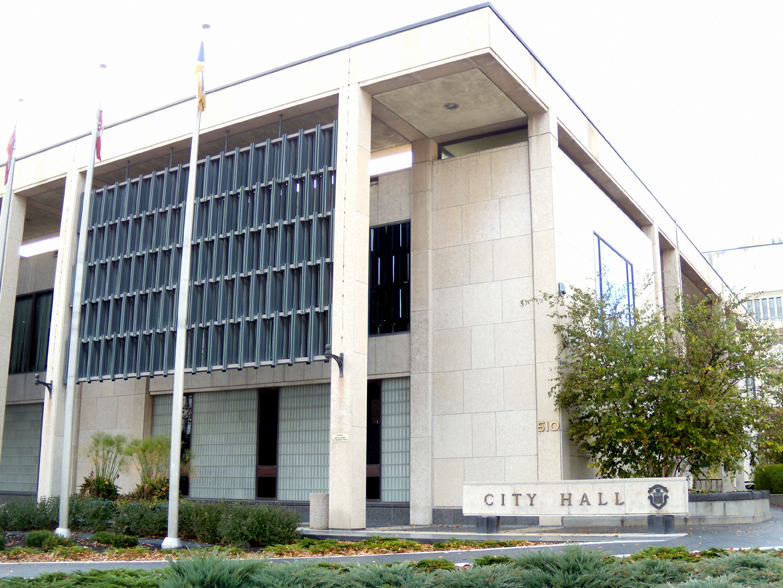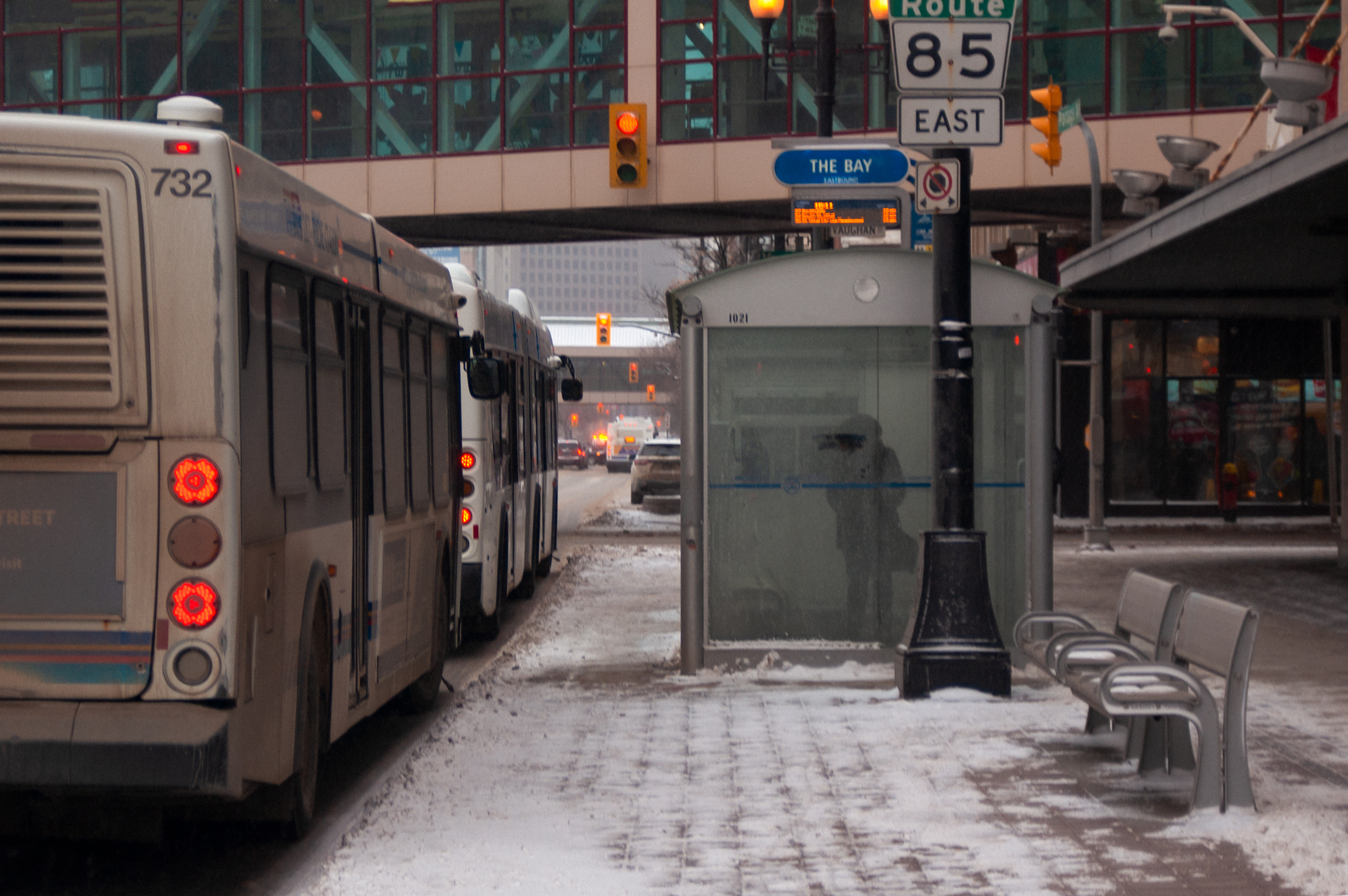The City of Winnipeg’s new transportation master plan (TMP) tries to plan for methods of transportation other than just driving, which is something students want to see.
The new plan was unveiled on Oct. 28 and maps out improvements to Winnipeg’s transit system, which will take place over the next 20 years. The project is estimated to cost approximately $5 billion.
Some key goals identified in the TMP include a system that is integrated with land use, one that supports active lifestyle options and is financially sustainable.
The TMP plans to expand the transit system through integrated base and rapid-transit services.
The base transit system will provide efficient and accessible service on the street system and will include more enhancements to quality corridors on major streets.
Rapid transit is set to have four corridors completed before 2031. The first priorities are a southwest corridor, which is already under construction, a western corridor along Portage, and an eastern corridor.
The TMP also focuses on active transportation. The plan states that in order to improve cycling in the city, there will be year-round maintenance of at least a core cycling network and education to ensure safe interaction between cyclists and motorists.
An open house was held at the Millennium Library on Nov. 2 to present parts of the plan to the public, with city officials present to answer questions.
“The purpose of the transportation master plan is to provide the City of Winnipeg with a long-range plan for transportation facilities to be built,” said Luis Escobar, the manager of transportation for Winnipeg.
“We’re providing emphasis on certain things that are important to Winnipeg. For example, [ . . . ] people using different modes other than car,” he said.
Escobar explained that while there are no features specific to a certain group, a significant amount of movement in the city is related to people moving from downtown to the university.
Escobar said one of the first suggestions of the TMP is to do a rapid transit corridor along Pembina Highway to the university. He said they are also going to give high priority to cycling routes on Pembina Highway.
Escobar said that rapid transit is an important addition to Winnipeg because it will encourage public transit and provide options for movement in the city other than driving.
Andrée Forest, the environmental ethics director for University of Winnipeg Students’ Association, attended the unveiling of the plan. She said she thinks the most important issue with the transit system is getting people out of their cars.
“It’s not that they are stuck in traffic; it’s that they are causing the traffic,” she said.
Forest said it was “cool” to see a focus on inter-modal transportation in the TMP, but she also feels there should be clearer deadlines and targets set.
“It feels like there is a lot still to figure out,” Forest said, referring to the amount of money put towards the rapid-transit system without a final decision on light-rail or bus transit.
Jacob Nikkel, a third-year politics and environmental studies student at the U of W, who also attended the open house, said he thinks the current transportation system needs more balance and more mixed usage.
“I feel like a lot could be done to improve the experience that bikers have on the streets here,” Nikkel said.
“I think we need to get more buses in the suburban area,” said Sarah Habtemicael, a U1 student at the U of M, adding that she hopes the city follows through with the TMP.
Chen Yi, a second-year graduate student at the U of M, said the current bus system is difficult in the winter.
“There are delays in bus schedules, so that’s annoying.”
Yi said it would be nice to have a rapid-transit system in Winnipeg because the city can’t have the metro or subway.
“The light-rail system might be nice to have.”
The TMP will return to council’s public works committee on Nov. 15 and will go to city council on Dec. 14.



